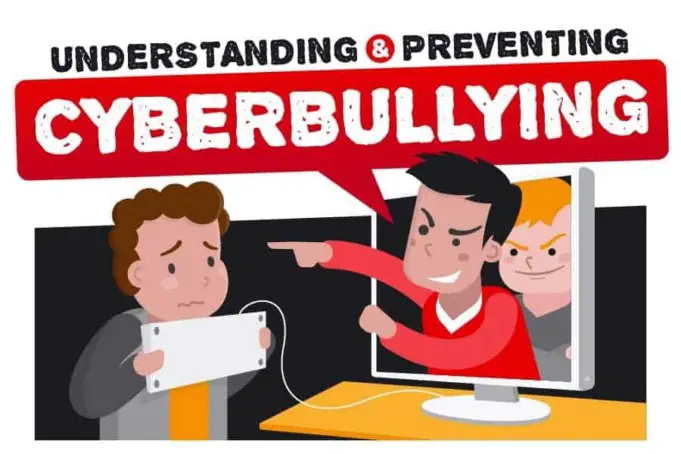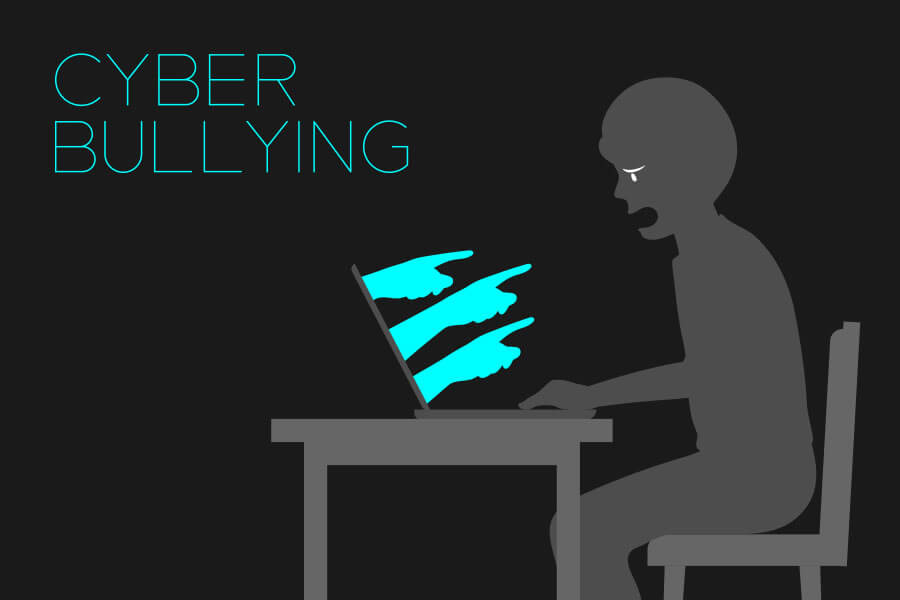Following the recent death of Mac Miller a few weeks ago, a lot of people seem to think his ex-girlfriend Ariana Grande is to be blamed for his death some going as far as calling her names on social media platform, Twitter.
She did not stay by him at his hour of need even though they had already broken up long before his death. Miller was known to have been facing severe mental issues which he was very public about.
With all the blame game and finger-pointing, the “God is a Woman” star decided to take a break of social media to heal. One must wonder if her recent split – announced on Sunday evening – with Saturday Night Live star, Pete Davidson is not due to the pressure and bullying she has faced recently.
Bullying is a phenomenon as old as time. There has and will always be the oppressor and the oppressed; this is a fact that cannot be changed.
From the children’s playground, boardroom to the home, whether subtle or overt, as long as there is unequal power, there would be a bully. So it comes as no surprise that bullying has been transferred to the internet.
Cyberbullying is the act of attacking people online. It is the use of social media platforms such as Twitter and Facebook to say derogatory and downright cruel words to people on the internet.
Unlike traditional forms of bullying which involve verbal taunts, violence or social exclusion cyberbullying involves acts of aggression communicated over a cell phone, computer or tablet.
In the age of the internet where information on anyone and anywhere is at the touch of our fingertips, there is power in being anonymous.
This power has been in turn wielded like a weapon. Cyberbullying is so insidious because unlike traditional bullying where you can see your attacker in a face-to-face encounter, cyberbully victims cannot see their harassers; hence the victim may feel isolated and dehumanized.
Cyber bullies are capable of reaching their victims anywhere and at any time. Cyberbully can occur in a number of ways, and they involve:
- Catfishing: fake accounts pretending to be someone else and sharing sensitive information in order to damage someone’s reputation.
- Outing: revealing personal information which was shared in confidence especially that of LGBT people who most likely at the risk of being in danger in their immediate environment.
- Exclusion: maliciously leaving a person out of an online group such as a gaming platform, ganging up on one individual.
- Cyberstalking: stalking someone’s online profile, threatening to harm them or intimidation.
- Flaming: use of derogatory, racists, homophobic or transphobic words.
- Harassment: repeatedly sending insulting messages or nude pictures.
Adolescents and young adults are the likely to suffer from cyberbullying and are also at increased risk for developing mental conditions especially if they have formerly suffered from emotional and mental abuse.
In a study conducted by Samantha B. Saltz, the chief resident of the Child and Adolescent Psychiatry Fellowship in the University of Miami Miller School of Medicine and Jackson Memorial hospital; data was collected was collected on social media use and cyberbullying among 50 patients between the ages of 13 and 16 at a private hospital.
It was discovered that about 20% of the patients have recently experienced cyberbullying and with symptoms of depression and dissociation coupled with anger.
According to Dr Saltz, victims of cyberbullying were more depressed, irritable and angry and they are more likely not to feel like themselves (dissociation) compared to people that are not victims of cyberbullying.
Although emotional abuse correlated strongly with cyberbullying, physical and sexual abuse was not. The impact of cyberbullying on emotional health and well-being cannot be overemphasized.
Many research shows that victims of cyberbullying feel isolated among their peer group and this results in social withdrawal. Low self-esteem, depression, suicide ideation are common traits shared by the victims.
Furthermore, studies have shown that people who experience cyberbullying are often victims of the traditional method of bullying (i.e. face-to-face). Cyberbullying impacts on the victim’s daily life as academic achievement and emotional well-being are negatively affected due to low self-esteem.
Mental health stigma is still very much active and thriving, and as such, victims of cyberbullying are not likely to seek help if they feel intimidated or abused by online personas.
For the adolescents, parents play an essential role in mitigating the effects of cyberbullying by banning certain websites and installing age-appropriate limits in the use of computer systems and the internet.
For adults, however, therapy and telling someone what you are going through has been found to be the best solution for this menace, although, many prefer to rather suffer in silence and hope for the best.
On the other hand, some adolescents would rather not tell their parent for fear of having certain privileges – such as cell phone, laptop and internet access – taken away from them.
The internet is littered with awful stories of both children and adults who were bullied online and eventually committed suicide. Educating yourself, your kids, peers, friends and colleagues can save a life.













